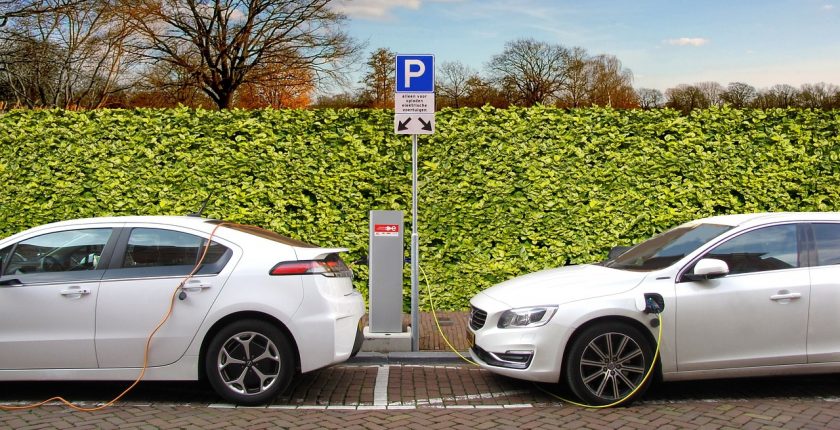The other side of the Green Energy Revolution – The lesser known environmental impact of the Electric Car
COP21 and the rise of the Electric Car.
Every year the physical effects of climate change are being felt across the globe, from rising sea levels to the increasing prevalence of extreme weather events. Public opinion has further motivated industries and governments to pro-actively pursue solutions in order to create a sustainable future.
In this light, the COP21 Paris Declaration on Electro-Mobility and Climate Change recognised the impact that transport had in contributing to global emissions. The Declaration established the aim that at least 20% of all global transport needed to be electrically driven by 2030. The spirit of this ambition has been embodied in the expanding production of Electric Cars, also known as Evs.
The green revolution presently occurring in the car industry is likely to be largely driven by the pressing reality that climate-change affects all lives on the planet. However, it is also economically motivated by the increased responsible consumerism of cars with more buyers actively seeking green alternatives. As such advertisers for new electric car models loudly proclaim the benefits of Evs, consequently the negative impacts of Evs on the environment are less obvious.
The need for rare metals in Electric Car production.
One such negative consequence lies within the need for rare metals in Ev production.
Rare metals such as copper, silver and gold are present in the computers that control functions within any traditional petrol/diesel car. However, the amount and range of rare metals needed to power an Electric car is much greater with metals including lithium, cobalt, Neodymium, graphite to name but a few.
Copper is used for wiring within Ev charging stations whose number is predicted to increase as more and more people own an electric vehicle. Norway, for example, is predicting its charging stations within Oslo to expand from 400 to 8000 by 2025. Predictions suggest that with the production of Evs rising, it is possible that the amount of copper needed in the next 30 years will equate to the total amount of copper produced in human history.
Mismanagement in pursuit of profit.
This staggering statistic has started to highlight concerns of the environmental and health impacts of copper mining when not regulated to a high standard. Where regulations are inadequate, substantial contamination of land and water can occur with consequential health issues for the surrounding population. A recent example is the 2015 Chongola mine in Zambia where waste management was pushed to breaking point in the pursuit of profit, reportedly handling over 50,000 tons of waste in a system designed to manage just 30,000 tons. The result was not only pollution of the local water supply but also severe health issues for the surrounding villages.
Further mismanagement of rare metal production has occurred in the mining of lithium, a key component in the batteries used to power Evs. In Chile the main environmental consequences of lithium production is use of water. Over 2 million litres is required in the mining process per ton of lithium produced with Chile producing 18,000 tons of lithium in 2019. In some regions, such as Salar de Atacama in northern Chile, this use of water is unsustainable and the landscape is drying up. Mining activities are reported to be using 65% of the region’s water which puts an unsustainable strain on farmers in the area.
Sustainable Technology means understanding its negative effects.
It is clear that the pursuit for any technology that provides sustainable solutions is imperative in the fight against climate change. In this pursuit, however, it is easy to forget that no new technology is wholly unproblematic. Yet, if we are to truly implement sustainable solutions for future generations, the negative implications of new technologies need to be seriously considered and acted upon alongside their development.
References
Dr Holland, M, ( 2019) Reducing the risks of copper, rare earth and cobalt industries https://www.oecd.org/greengrowth/Reducing%20the%20health%20risks%20of%20the%20copper,%20rare%20earth%20and%20cobalt%20industries.pdf
Vidal, J, (2015) Observer Article https://www.theguardian.com/global-development/2015/aug/01/zambia-vedanta-pollution-village-copper-mine
Livingstone, G., (2019) The farmers who worry about out phone batteries https://www.bbc.co.uk/news/business-49355817
Aljazeera (2020) The dark side of green energy
(2015) Paris Declaration on Electro-Mobility and Climate Change & Call to Action Lima – Paris Action Agenda https://newsroom.unfccc.int/media/521376/paris-electro-mobility-declaration.pdf

